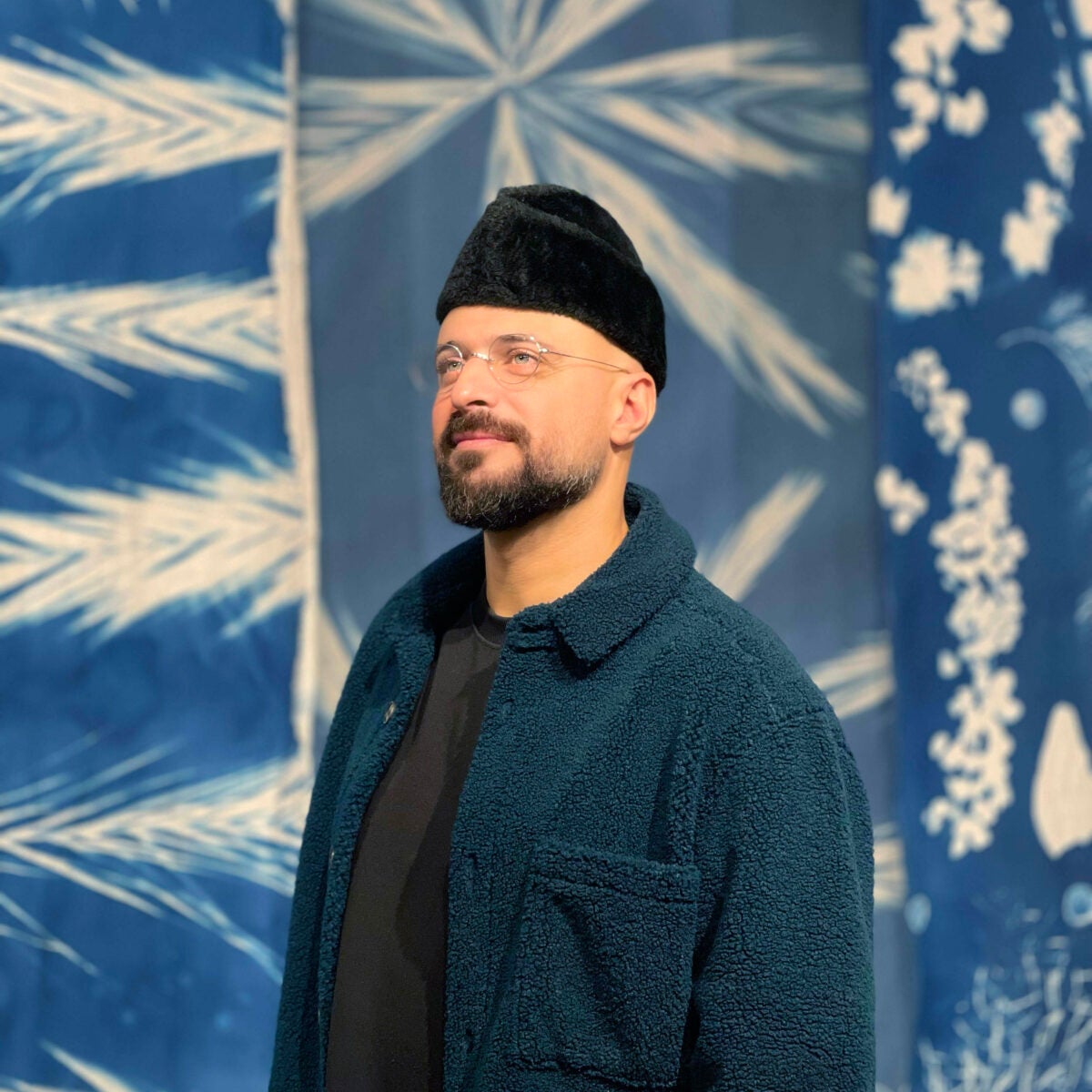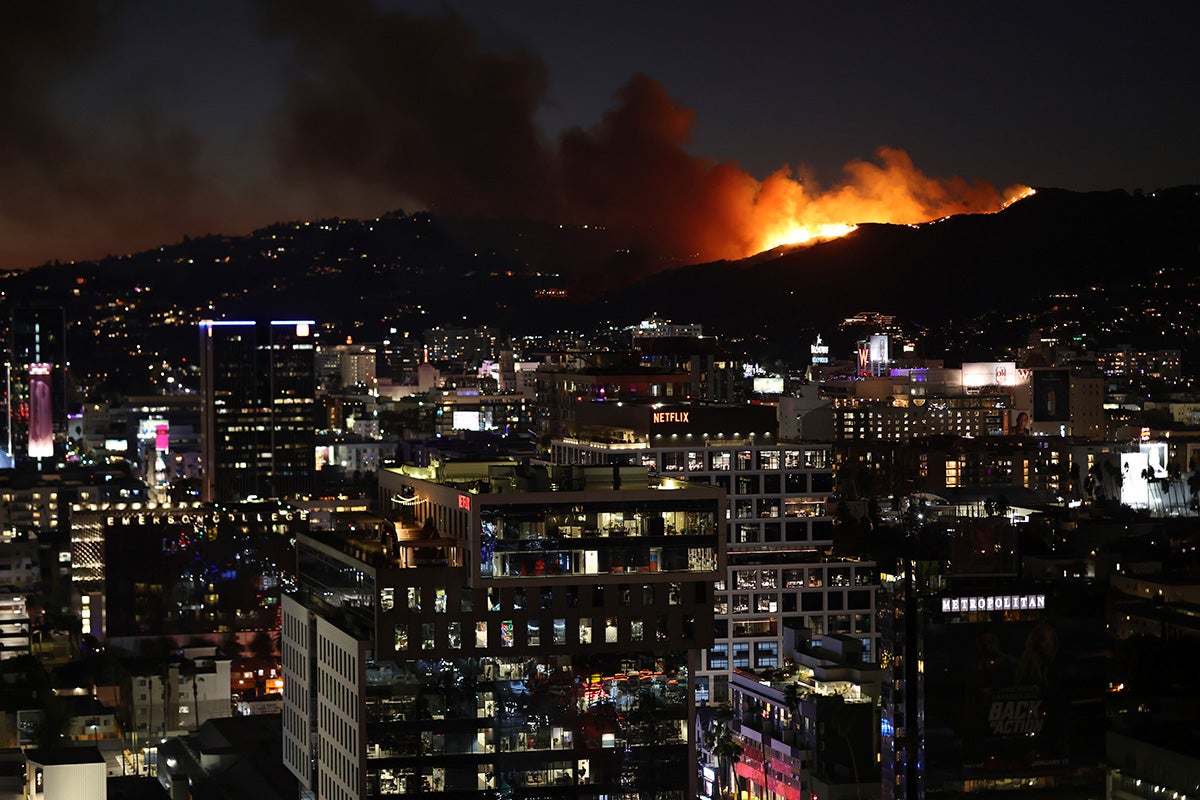Feature
Resilience in a Moroccan oasis
Photographer M’hammed Kilito has been documenting oases in Morocco since 2020. His ongoing project, “Before it’s gone,” calls to attention the intricate relationship between climate change, ecosystems, and communities—a relationship that is quickly changing. The country is in its sixth consecutive year of drought, and rainfall levels are 70 percent lower than in an average year, according to the country’s royal palace.
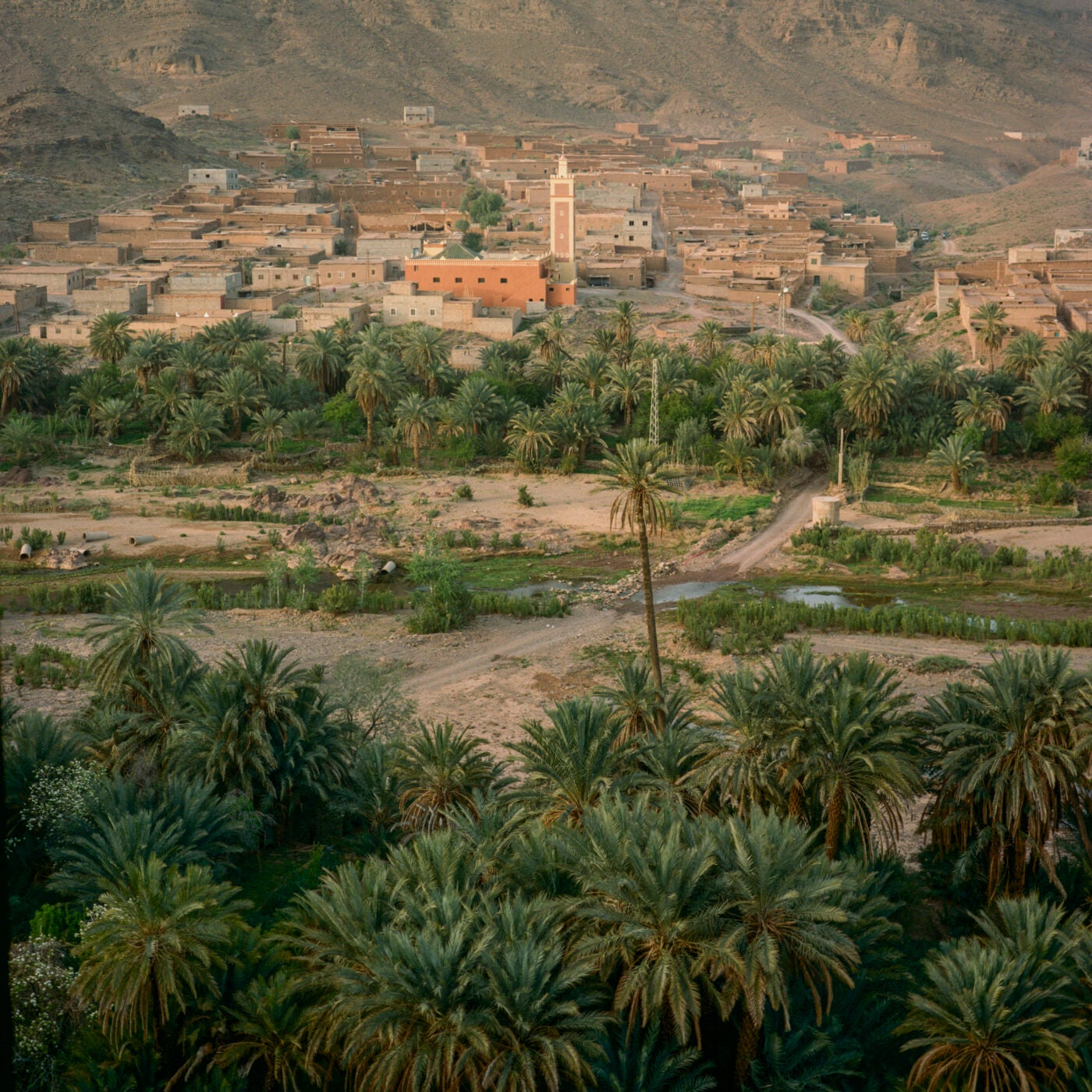
The Fint Oasis, near Ouarzazate in southern Morocco, is home to around 1,500 people.
Drought can cause a range of adverse health outcomes, according to the World Health Organization: It can threaten livelihoods, accelerates water scarcity, and increases the risk of disease. In a country like Morocco, which is already characterized by undernutrition, droughts can exacerbate malnutrition. The country’s second-biggest dam, Al Masira—which serves its most populated city, Casablanca—is nearly empty, leading officials to limit water irrigation for agriculture. But water scarcity persists; in villages where potable water has dried, people rely on public fountains and private wells, which rarely meet water needs reliably.
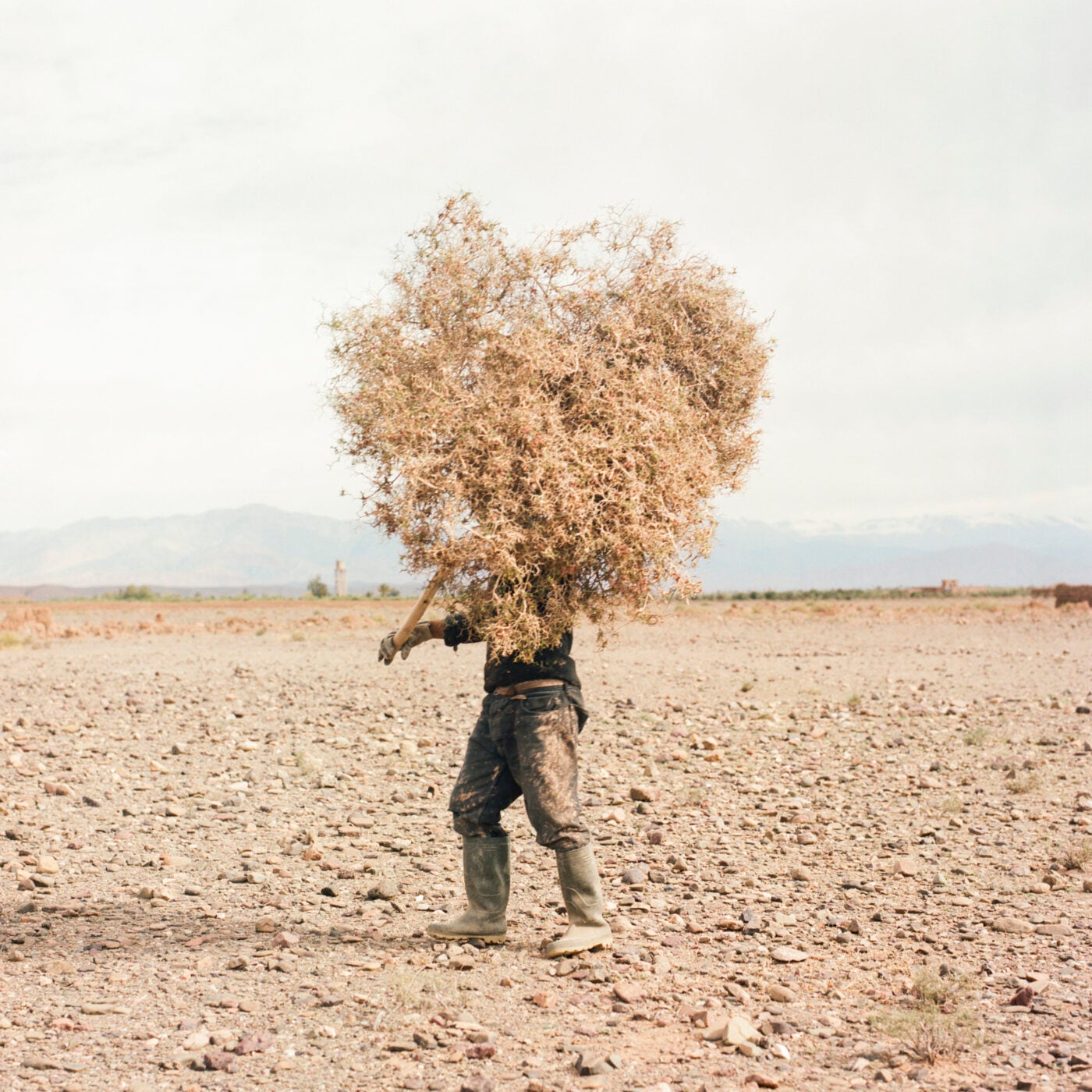
Potter Mohammed Elfakhar, 38, collects wood at the Skoura Oasis in central Morocco. He does this every Sunday, when he fires the pottery he has made during the week in a kiln. It takes him the whole morning, from 6 a.m. to noon, to collect enough to fuel the kiln.
Oases have played a unique role in the history and culture of Morocco, “shaping the development and expansion of civilizations in the Mashreq and Maghreb regions,” Kilito says. “They have served as significant trade hubs, allowing for the exchange of goods and knowledge between diverse populations. Additionally, oases have been vital rest stops for travelers and caravans navigating the desert landscapes.”
Kilito has formed his own relationships with the communities. “The people living in oases demonstrate an extraordinary ability to adapt, innovate, and maintain hope even in the face of adversity,” he says. “Their steadfast determination and resourcefulness are a testament to the human spirit, and they serve as a reminder that positive change is possible.”
—Text by Mary Delaware and Maryam Zafar
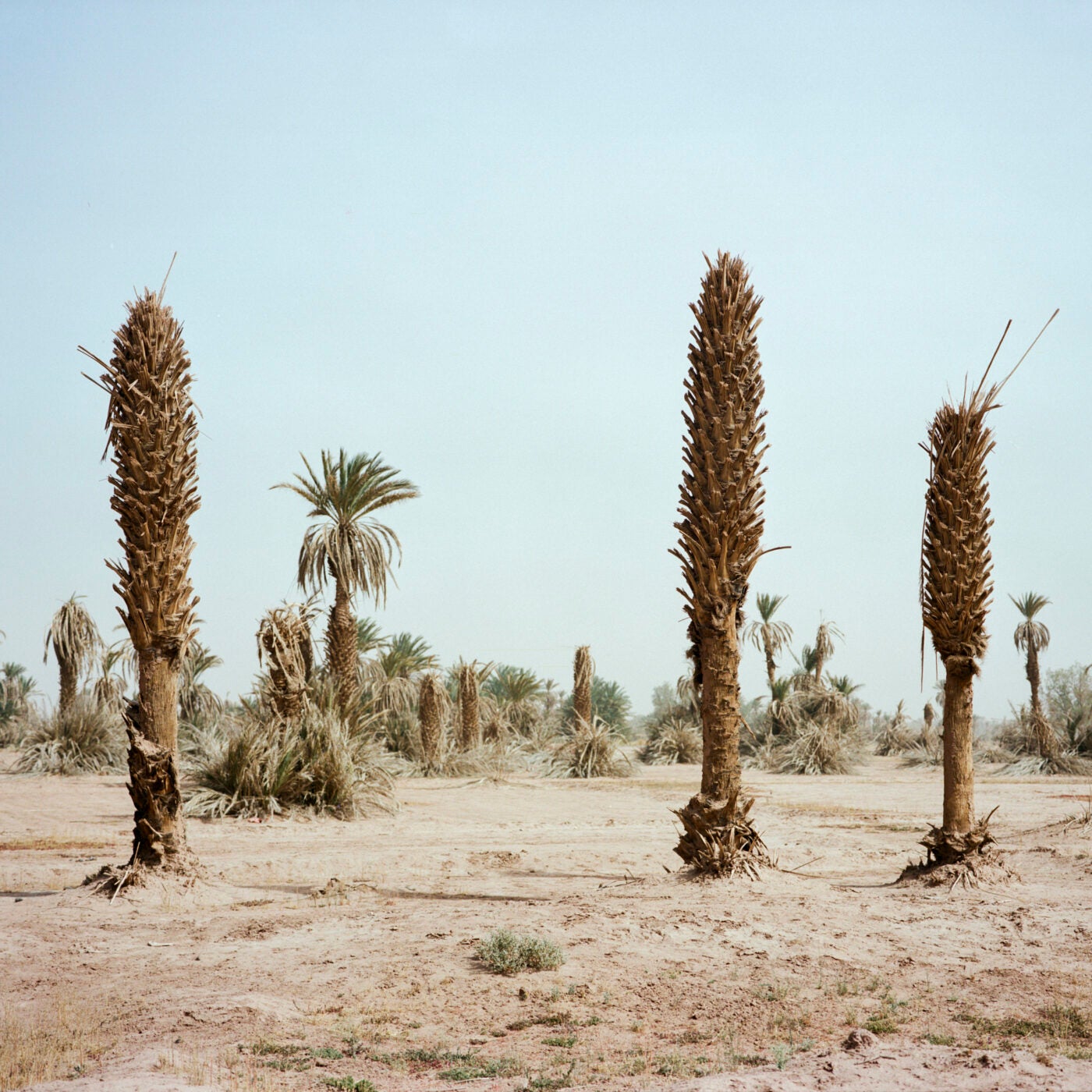
Due to recurrent drought, the oasis of M'hamid el Ghizlane shrinks each year, by about 300 feet on all sides. The palm trees die from a lack of water, which contributes to the advancement of silting and the loss of agricultural land.
